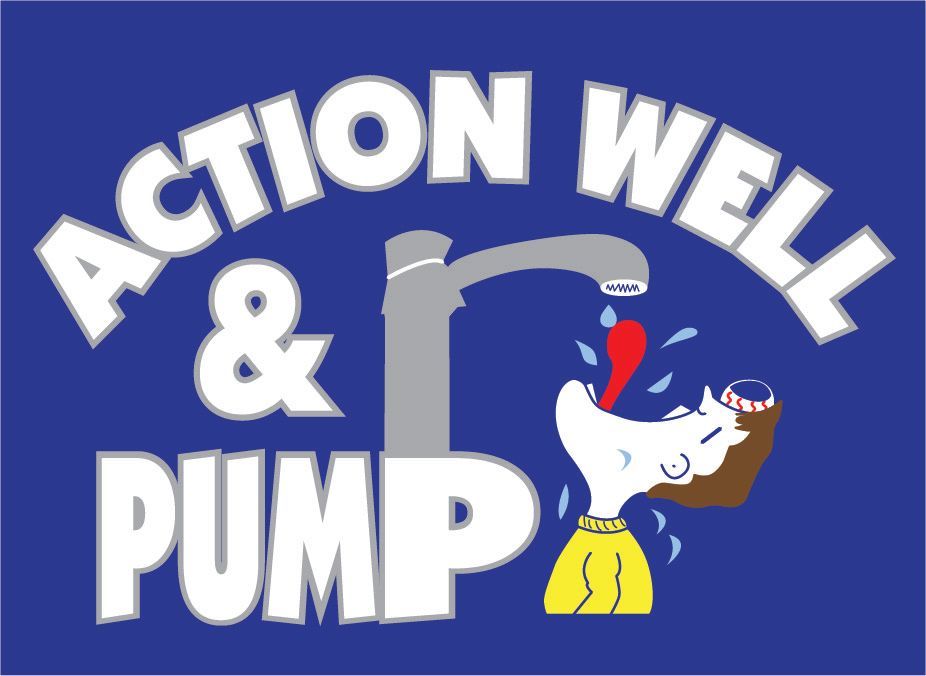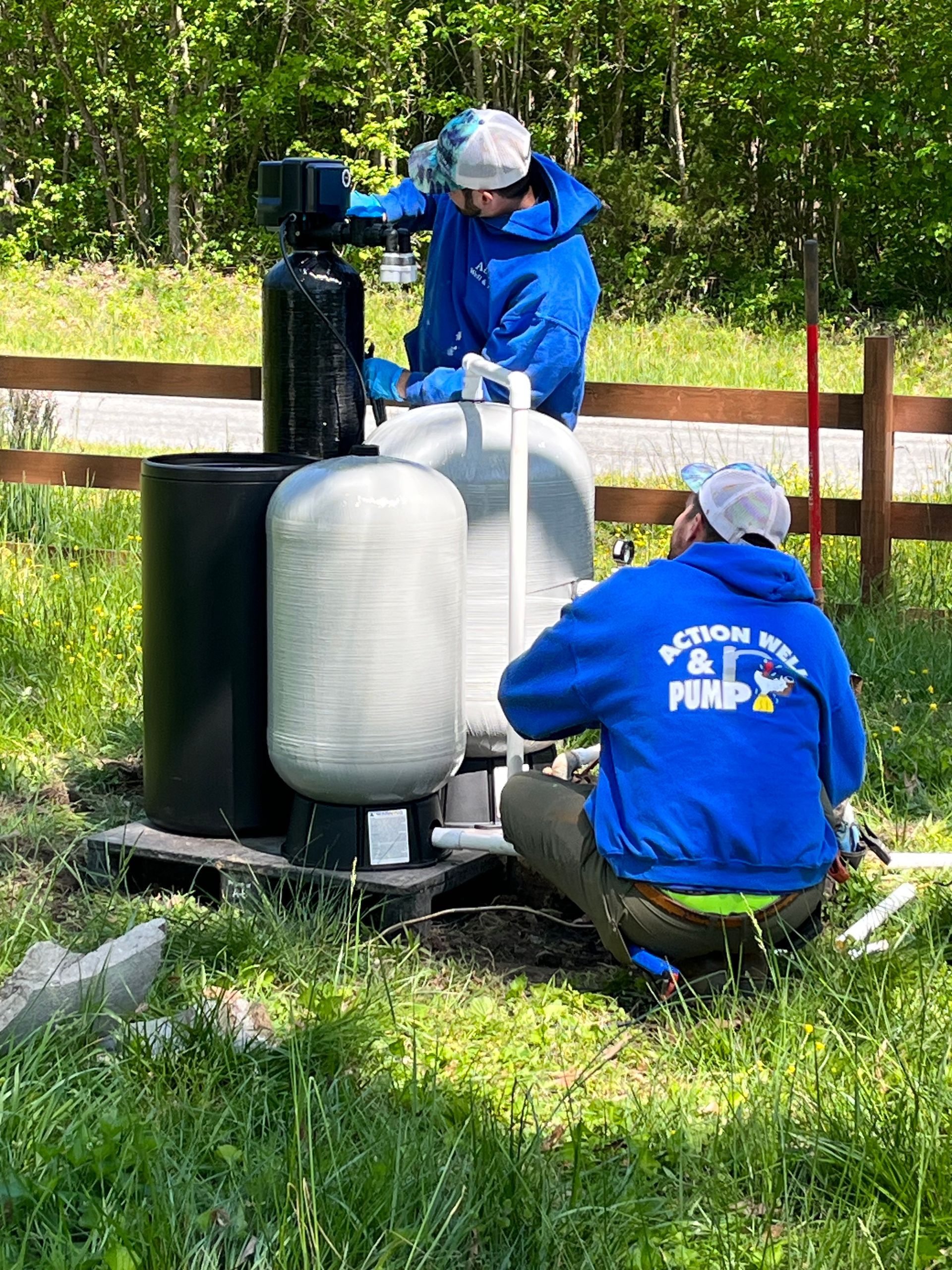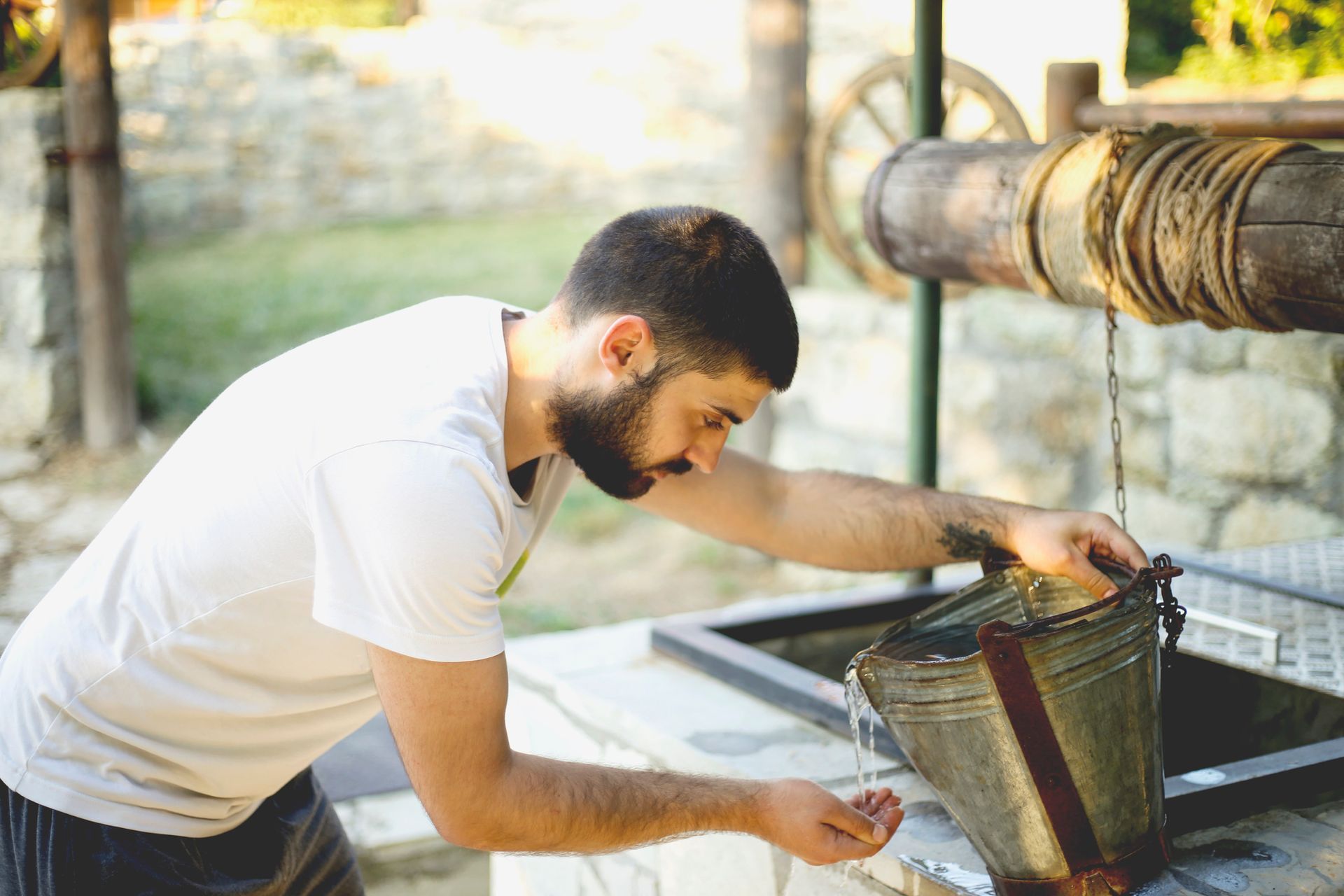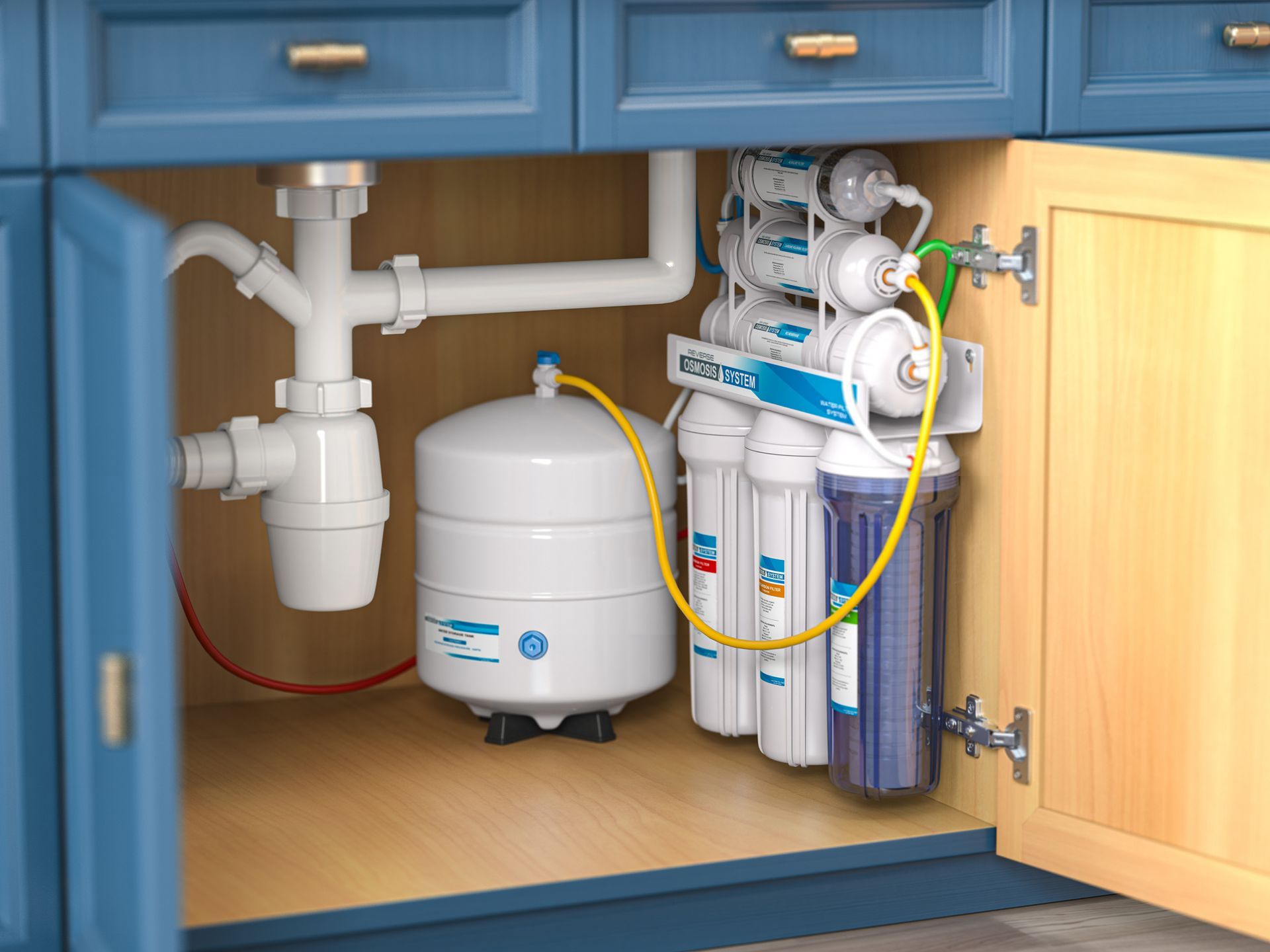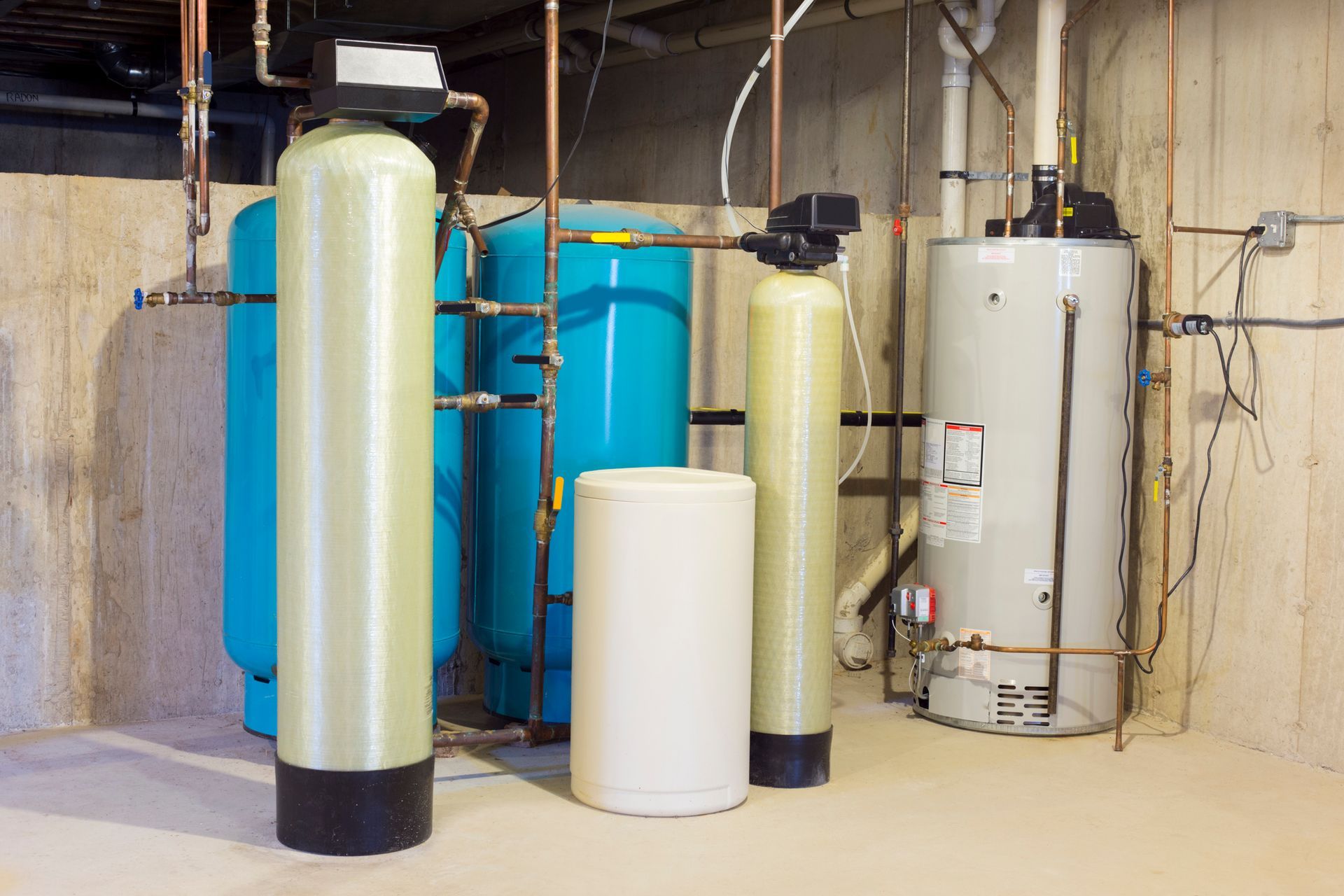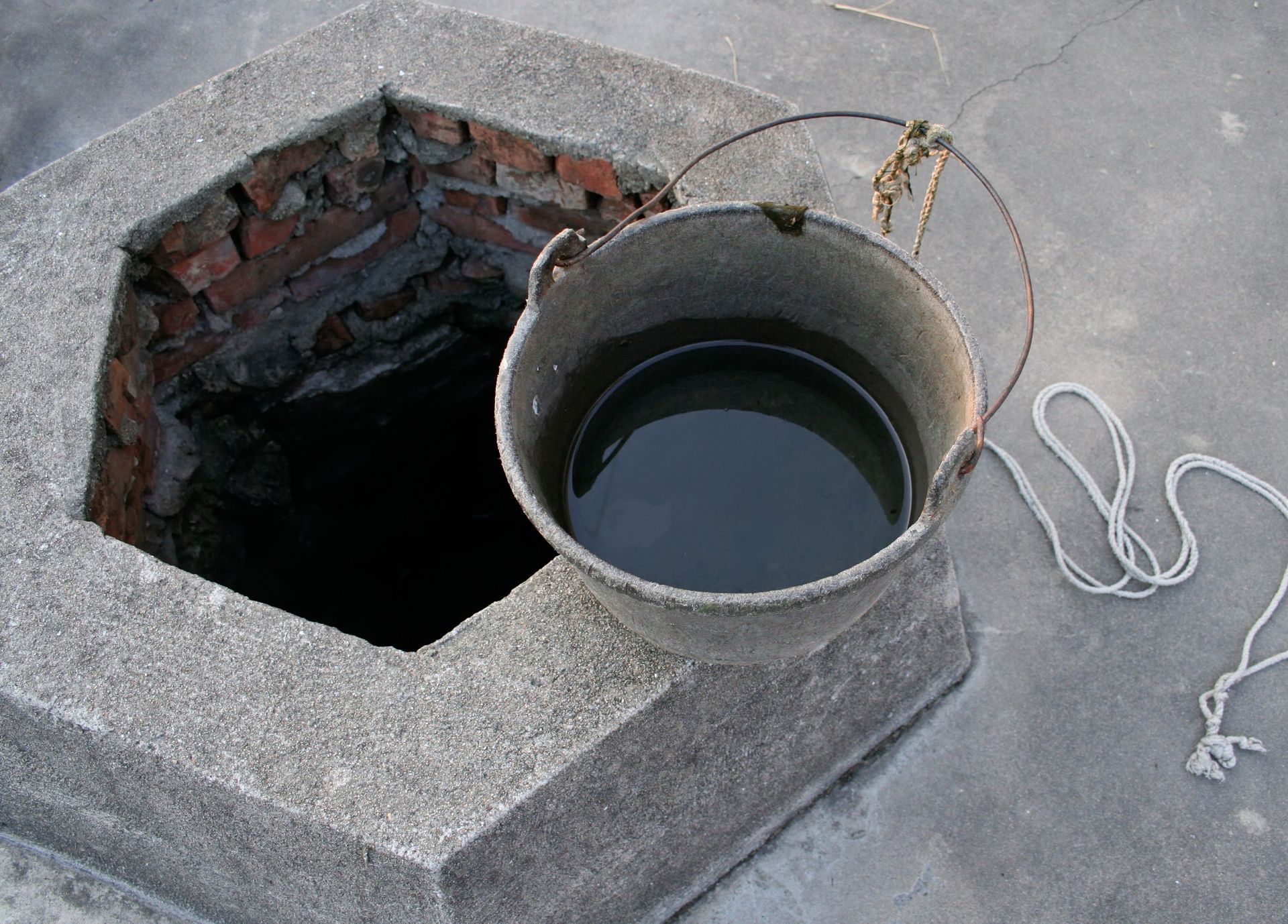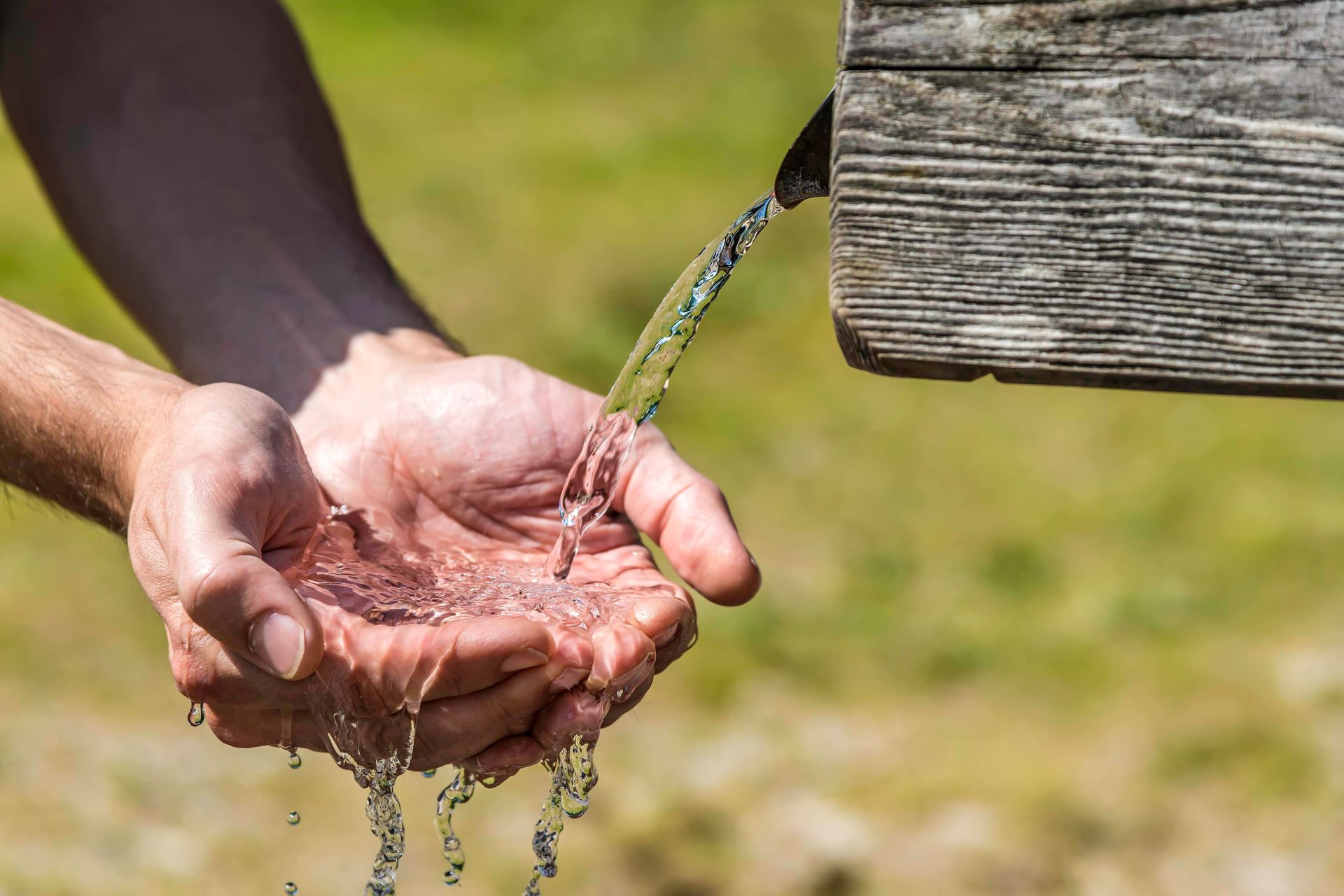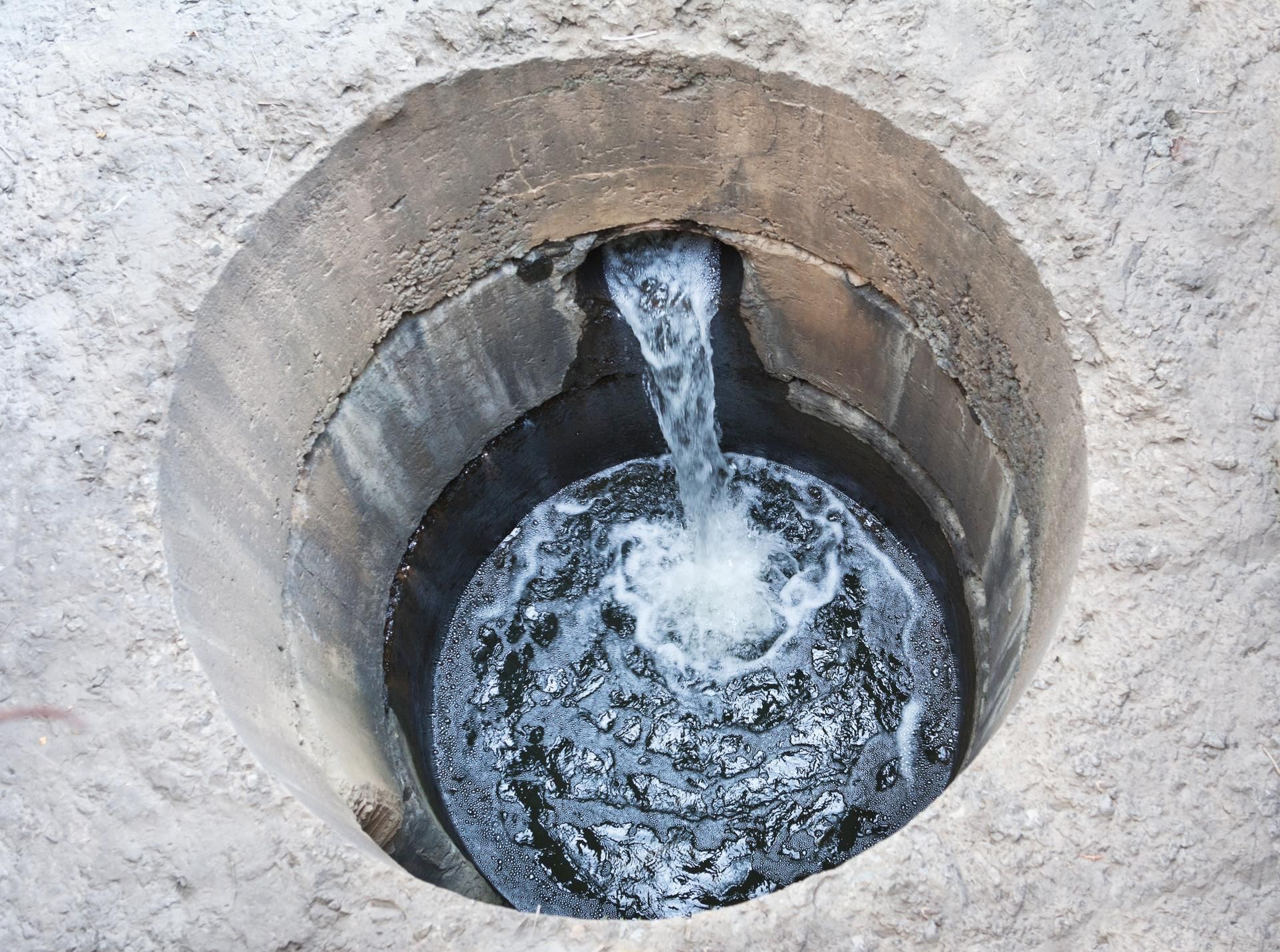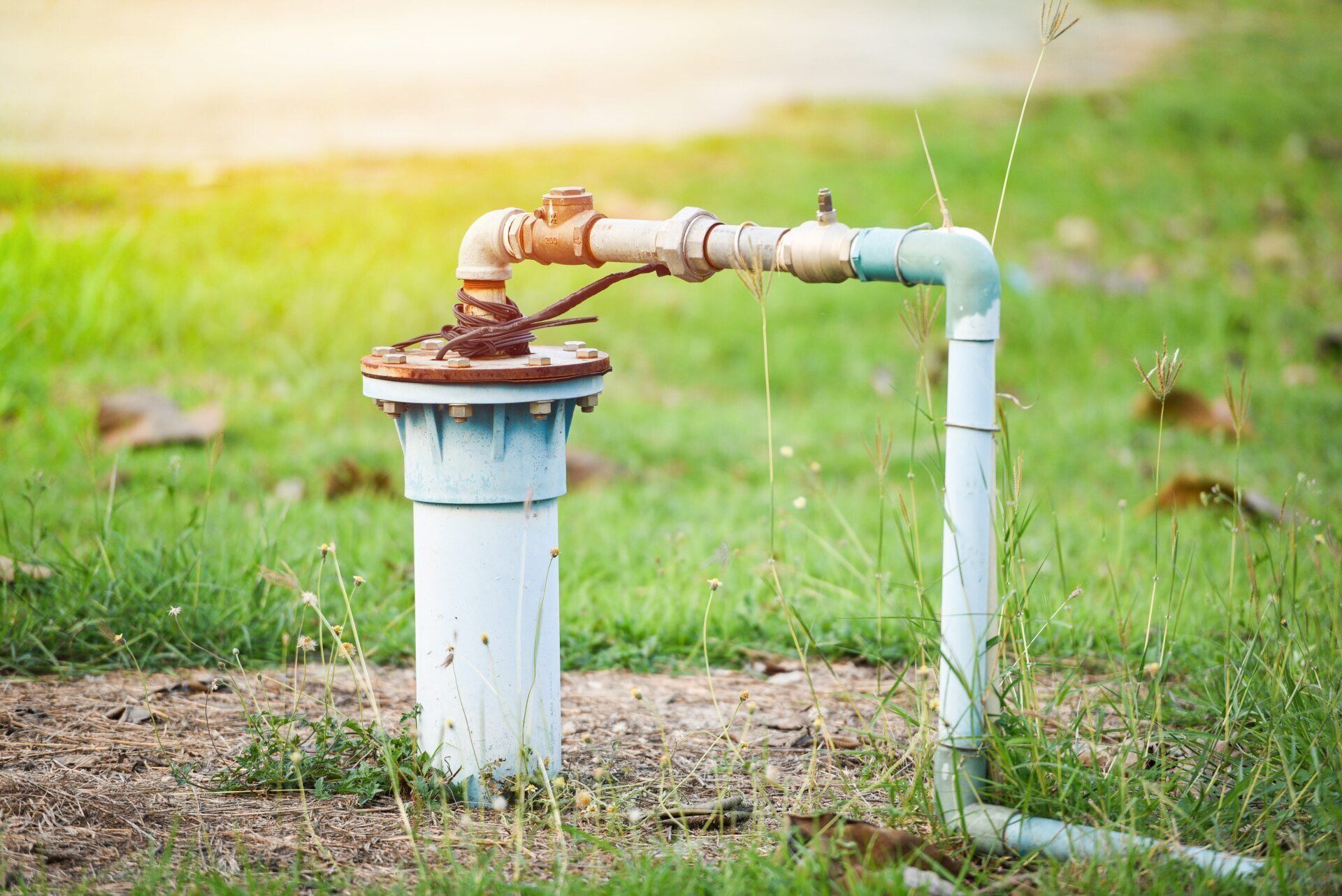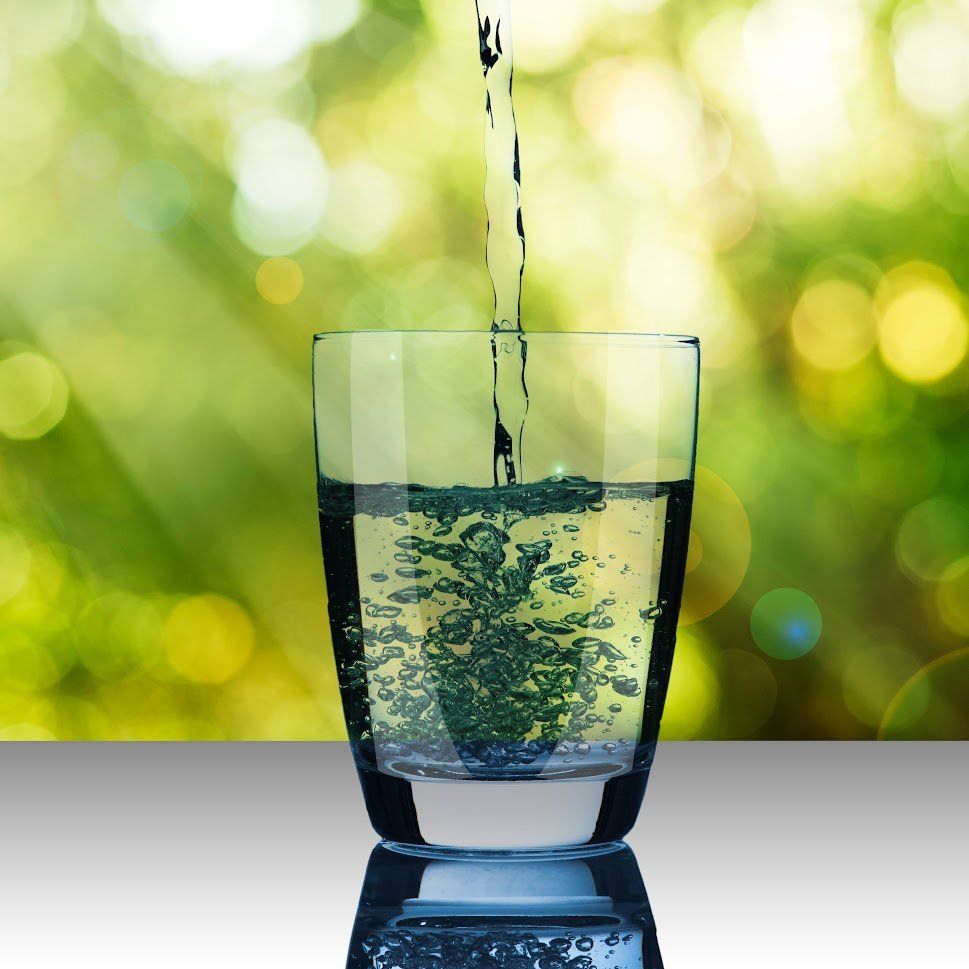Essential Components of a Water Well System

Understanding the essential components of a water well system is crucial for homeowners, farmers, and anyone relying on well water to ensure a well-functioning and efficient water supply. Here are the key components that make up a water well system, shedding light on their individual roles and collective importance in delivering safe and abundant water.
Well Casing
The well casing is a large tube inserted into the well opening and helps keep the well accessible and prevents groundwater contamination. This tube serves as the basis for the rest of the well's construction and holds everything in place. The regulations in your region may specify the minimum length of the casing.
The casing may be made from polyvinyl chloride (PVC) plastic, metal (stainless or carbon steel), or a composite of these two. The material you choose will depend on your initial budget, the quality of the underlying water source, and the prevailing geological conditions. PVC casings are more common in modern wells because they are more resistant to corrosion and other forms of degradation.
Screen
A well screen is a form of sieve installed in a well to filter out big debris that could otherwise clog the pump or cause other plumbing problems in the house. Typically constructed from stainless steel, the well screen is installed at the well's base to further filter groundwater before it enters the well's casing.
Pitless Adapter
A pitless adapter is an instrument used to join a well's casing to the structure's water distribution pipeline in a hygienic and leak-proof fashion. Once a frost line is found, the pitless adapter is connected to the well casing beneath the frost line to prevent the water from solidifying.
The pitless adapter allows easy access to the well's pump and other parts for upkeep and repairs.
Well Cap
A well cap is a top-mounted, watertight lid that encloses the well system's outer casing. The well cap keeps dirt, insects, rodents, and their waste from falling into the well and contaminating the water supply. Most well caps consist of aluminum or thermoplastic and include a sturdy vent screen.
Well caps also prevent water from leaking out. When water moves through the well system, the cap lets air out and keeps the pressure both within and outside the well the same. The well cap is easily removable to allow for well maintenance.
Pressure Tank
A pressure tank, often called an expansion tank, measures and modifies water pressure. The tank connects to the pump's input and discharge, and uses pressurized air or another gas to lessen the number of times the pump needs to cycle.
A pressure switch in the tank triggers the pump to pull more water from the source when the waters pressure drops below a specified threshold. This additional water remains in the tank and the cycle repeats until the necessary pressure is obtained.
In most configurations, the tank can come with a pressure gauge and on/off switch for the pump. Pressure tanks are available in a wide range of sizes and often consist of steel or polyethylene. Most well owners favor steel tanks due to their durability and long-term cost savings, whereas polyethylene tanks are prized for their lack of leak potential and safety.
Well Pump
A well pump draws water up from a well from the aquifer, which is the water-bearing rock structure underneath the well. The well pump also feeds water into the pressure tank to store extra water for emergencies. Well pumps can either use a submersible pump or jet pump.
Submersible pumps are commonly employed in deep wells because of their ability to raise water from below ground level. In contrast, a jet pump is ideal for shallow wells.
Contact us at Action Well & Pump Repair for well services like filtration, pump repair, and tank maintenance. We serve most outlier locations in North Carolina.
